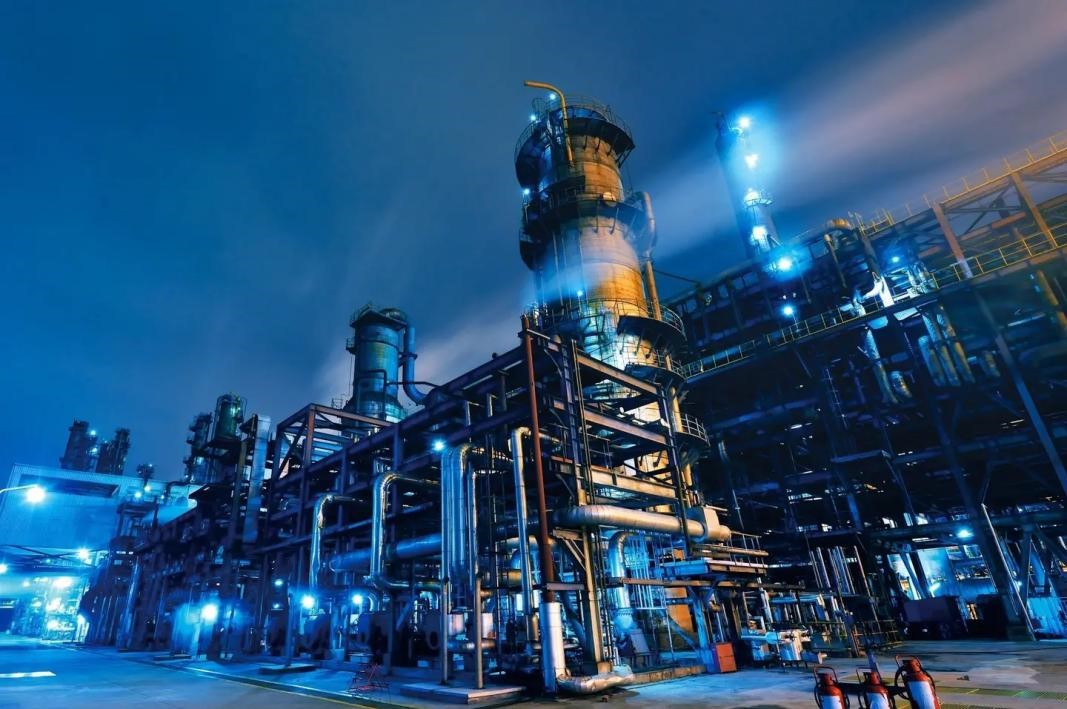With the improvement of people’s awareness of environmental protection, Waterborne UV curing system has attracted more and more attention in recent years, but there is little research on its application. At present, Waterborne UV resins are mainly used in UV coatings and UV inks, including Waterborne UV paper varnish, Waterborne UV wood paint, Waterborne UV metallic paint, Waterborne UV flexographic ink, Waterborne UV gravure ink, waterborne silk screen printing ink, etc. Water based UV paper varnish, including water-based UV varnish and water-based UV primer, is the earliest application of water-based UV paint, with a gloss of more than 90. Waterborne UV coatings have high application value in wood finishing industry, especially in the coating of formed wood and plywood. Therefore, Waterborne UV wood coatings are also widely used at present. At present, some Waterborne UV resin products developed by a few developed countries meet the requirements of automotive coatings and are also applied in various automotive coatings, such as automotive primer, finish coat and varnish.
With the in-depth study of Waterborne UV curing system, the variety of Waterborne UV resin will be more and more, and the application field will be expanded.
At present, Waterborne UV resin is still in the research and development stage. Although there are many relevant literature reports, few products are really put into the market. They are mainly produced and launched by developed countries such as Europe and the United States, such as UCB, ICI, Cytec, BASF and so on. Waterborne UV resin has the advantages of environmental protection, energy saving, high efficiency, controllable viscosity and excellent film performance. It can take into account the hardness and flexibility of the cured film. It has high application value and broad market prospect. However, Waterborne UV resin has some defects, such as poor wettability, poor water resistance, poor washing resistance and poor storage stability to the substrate, as well as the residual small molecular photoinitiators and photolysis products in the process of light curing, which need to be further improved. Therefore, it is urgent to overcome the disadvantages of Waterborne UV resin and develop a Waterborne UV curing system with better performance and wider application.
Researchers believe that the main development directions of Waterborne UV resin in the future are: 1) develop new multifunctional Waterborne UV resin with low viscosity, high solid content and high activity, such as hyperbranched Waterborne UV resin; 2) Synthesis of new active diluents with high conversion, high activity, low toxicity and low volume shrinkage, such as (meth) acrylate active diluents containing methoxy end groups; 3) Prepare macromolecular or polymerizable high-efficiency photoinitiators, such as macromolecular benzophenone photoinitiator 0mnipol BP; 4) Study new hybrid systems and curing systems, such as organic / inorganic hybrid systems, free radical light curing / thermal curing dual curing systems, etc.
Post time: May-09-2022













